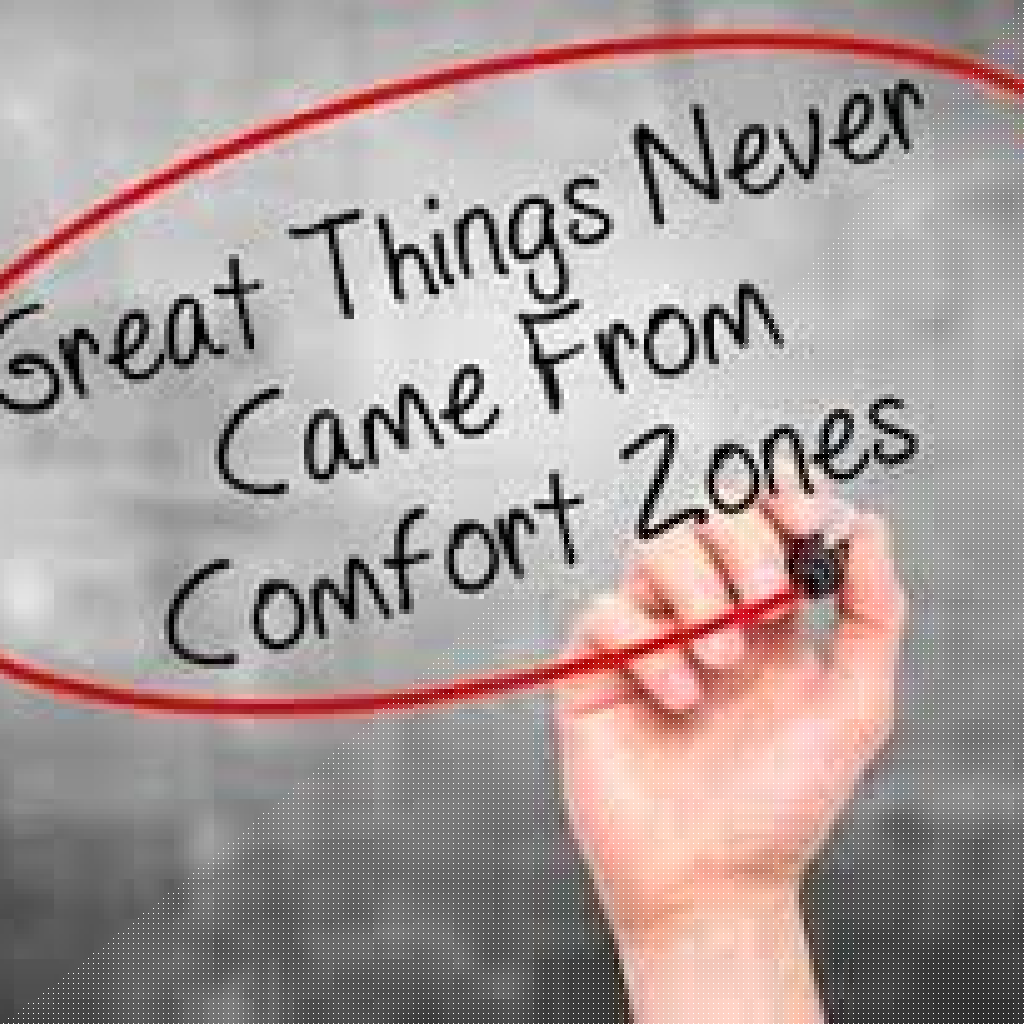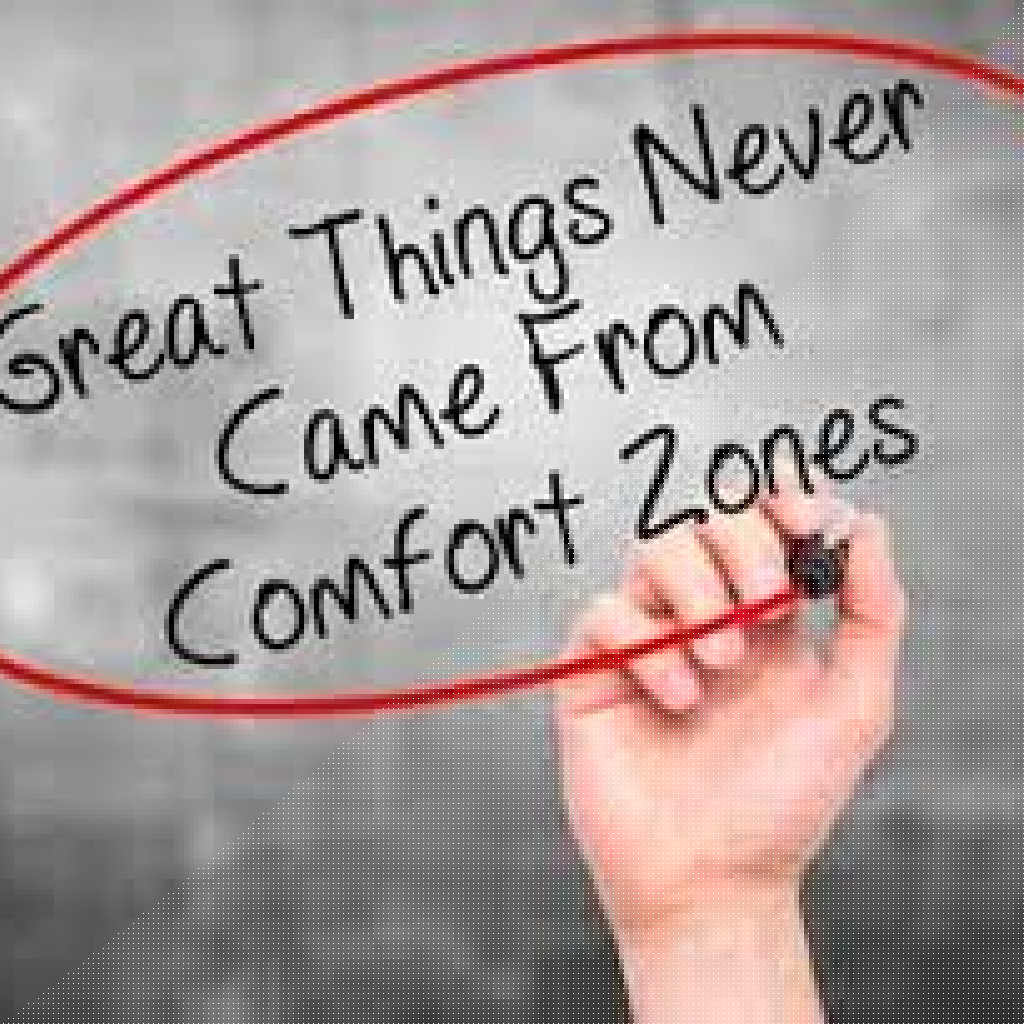Communication is the key to any successful relationship. This is true for both personal and business dealings. Many companies work hard to speak with their customers, investors, and the media through various sources. However, communication with a company’s most important constituency – its employees – can often be overlooked.
Recent studies have shown that 46% of employees often don’t know what to do after leaving a workplace meeting. This miscommunication can ultimately cause projects to go awry. So, establishing communication with workers should be a primary company objective for success.
Tips for Establishing Communication with Employees
High-performing businesses need to establish reliable communication with their employees. Workers will likely be more engaged in their jobs when they understand the company’s vision, mission, and values. This, in turn, can contribute to meeting company goals and objectives.
There are many ways to communicate effectively with your employees. Based on the type of organization you operate, you should consider one or more of the following strategies:
- Be clear and concise with your messages
- Set the tone at the top of the organization
- Understand the different types of employee audiences
- Use a variety of communications channels
- Notify your employees before calling the media or posting information online
- Match your words with actions
- Emphasize face-to-face communication
- Make training an ongoing endeavor
- Create a communications calendar
- Measure employees’ effectiveness
- Facilitate conversations
 Be Clear and Concise with Your Messages
Be Clear and Concise with Your Messages
Using a lot of technical jargon during employee meetings and project assignments could confuse your workers and lead to misunderstandings. This, in turn, could negatively impact the result. Therefore, when outlining employee expectations, keep your communication clear and concise.
Set the Tone at the Top of the Organization
While employees should be involved in the overall goal-setting process, CEOs or senior leaders should set the tone. To help relay this information, these top managers should be visible and accessible.
Employees should understand the significant correlation between strategic employee communication and achieving a company or organization’s objectives to ensure success.
Understand the Different Types of Employee Audiences
Your employees are not all exactly alike. Therefore, their preferred communication styles may differ, too. With that in mind, be sure to communicate differently with different audiences. One way to make this process easier is to survey your employee base regularly and ask if they are getting all the necessary information.
Use a Variety of Communications Channels
In addition to having different communication styles, your employees may need to see or hear messages multiple times – in various ways – to understand them completely. For instance, you could distribute your messages in writing, electronically (via email, blog, or website), at meetings, and one-on-one when meeting with individuals.
When doing so, it is crucial to ensure that the message is consistent across all channels. Otherwise, employee recipients could become confused, leading to misunderstandings regarding projects and company objectives.
Notify Your Employees Before Calling the Media or Posting Information Online
When prioritizing your business communications, you should always consider your employees and other internal people first. Otherwise, those inside the company could be surprised to see or hear a media report about the company that they did not know anything about.
Match Your Words with Actions
You should always match your words with actions as a manager or company leader. For example, do what you say you are going to do. Otherwise, you could undermine your credibility and that of the company. If this happens, your employees may be less likely to take your future communications seriously.
Emphasize Face-to-Face Communications
While there are many modes of electronic communication today, face-to-face conversations with other individuals are often the best way to get your message across. Many employees would rather hear information and news about the company directly from their manager or supervisor.

To do this successfully, companies should train managers to communicate and provide the tools they need to succeed. Often, it can help if you also provide the key talking points in writing to employees so they can reference them again at a later time.
Make Training an Ongoing Endeavor
Employee training is not a single event. Companies, industries, and economies are constantly changing. Therefore, companies must train their employees on an ongoing basis. Doing so can help ensure employees always have the most updated information.
Create a Communications Calendar
Your company communications should also be strategic and systematic. Therefore, you could create a communications or editorial calendar with specific dates to communicate with employees. There are many forms this could take, such as:
- Newsletters
- Emails
- Live meetings
Measure Employees’ Effectiveness
It is essential to measure the effectiveness of your communications to determine whether it was successful. For example, you could ask employees if the company is getting its messages across clearly. In addition, you could also ask workers if they understand how their jobs help the company meet its goals.
Facilitate Conversations
The days of one-way communication are over. Today, most communication channels allow for two-way exchanges. These can include:
- Face-to-face meetings
- Interactive video meetings
- Employee surveys
Is Your Company Communicating Effectively with Its Workforce?
Effective employee communication lets everyone remain informed and work towards shared company objectives. In addition, if workers understand your messages, they are more likely to stay engaged and eager to contribute.
Your employees can greatly influence the outcome of projects and the organization’s overall success. But if they do not understand what they are supposed to do, it can lead to negative results.
If your company wants to communicate more effectively with its employees, there are many ways you could accomplish this. But not all modes of communication are suitable for all businesses and audiences. Working with a business communications specialist can help you craft your messages to employees and ensure that you use the proper methods for getting them through.








